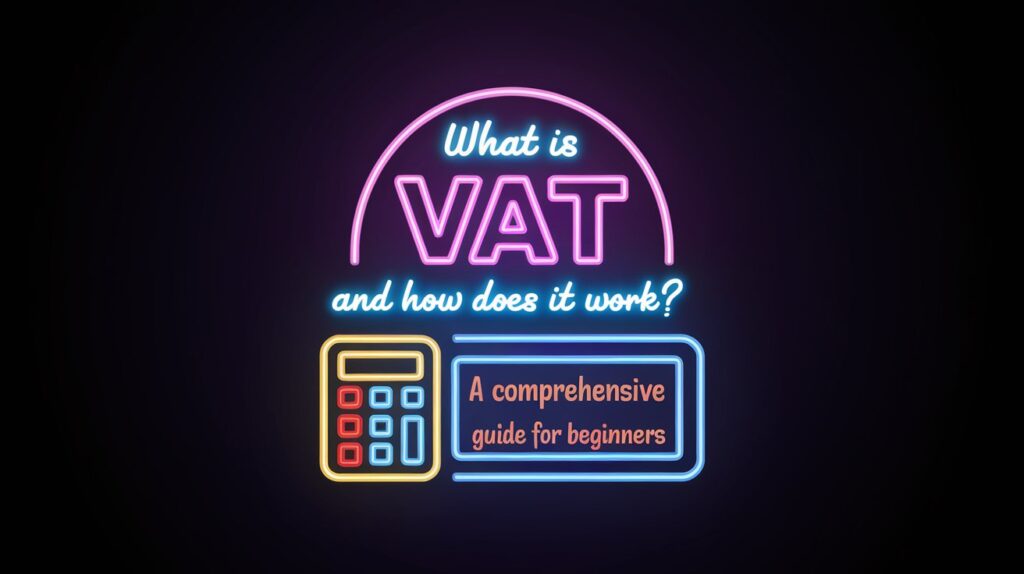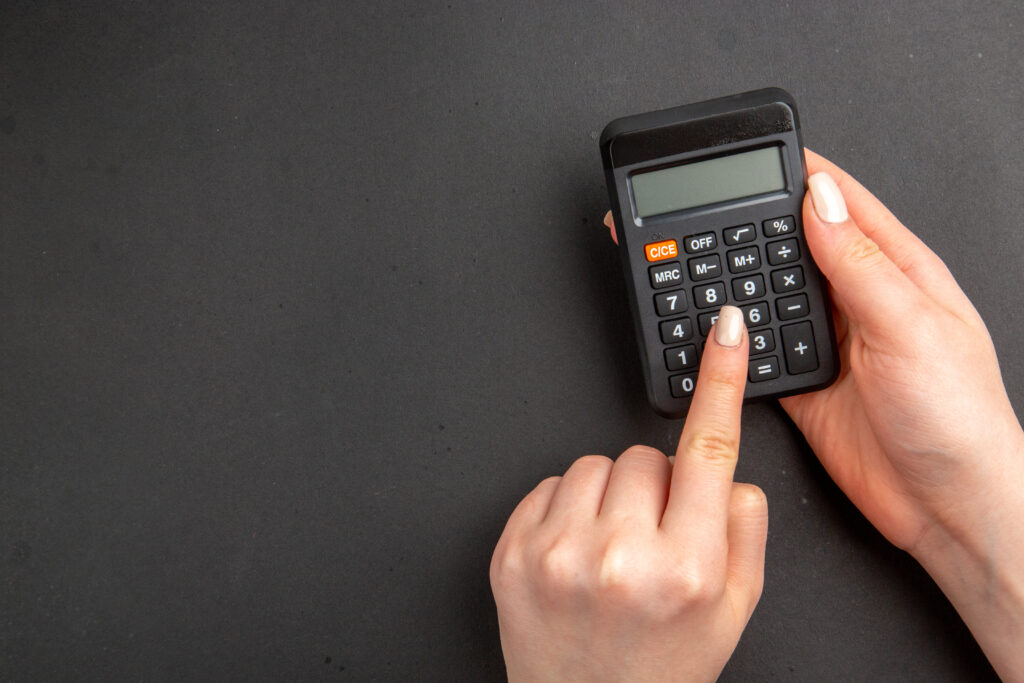
Value Added Tax (VAT) is a term you’ve likely encountered, especially if you’re running a business or shopping online. But what exactly is VAT, and how does it work? In this beginner-friendly guide, we’ll break down everything you need to know about VAT, from its definition to how it’s calculated, and why it matters. By the end of this article, you’ll have a clear understanding of VAT and its impact on businesses and consumers.
What is VAT?
VAT, or Value Added Tax, is a consumption tax levied on the value added to goods and services at each stage of production or distribution. It’s an indirect tax, meaning it’s collected by businesses on behalf of the government and ultimately paid by the end consumer.
Unlike sales tax, which is only applied at the final point of sale, VAT is charged at every step of the supply chain. This ensures that the tax burden is distributed across all parties involved in the production process.
How Does VAT Work?
Let’s simplify how VAT works with an example:
- Raw Material Supplier: A furniture manufacturer buys wood from a supplier for:- 100. The supplier charges a10110 (100+100+10 VAT).
- Manufacturer: The manufacturer uses the wood to create a table and sells it to a retailer for:-
200.Theychargea10220 (200+200+20 VAT). However, the manufacturer can reclaim the 10VATtheypaidtothesupplier,sotheyonlyowe10VATtheypaidtothesupplier,sotheyonlyowe10 to the government. - Retailer: The retailer sells the table to a customer for:-
The retailer sells the table to a customer for 300,charginga10300,charginga10330 (300+300+30 VAT). The retailer can reclaim the 20VATtheypaidtothemanufacturer,sotheyowe20VATtheypaidtothemanufacturer,sotheyowe10 to the government.
In this example, the government collects 10ateachstage,totaling10ateachstage,totaling30, which is ultimately paid by the end consumer.
Why is VAT Important?
- Revenue Generation: VAT is a significant source of income for governments, funding public services like healthcare, education, and infrastructure.
- Fair Taxation: Since VAT is applied at every stage, it ensures that all parties in the supply chain contribute to the tax system.
- Transparency: VAT is displayed on invoices, making it easy for businesses and consumers to understand how much tax is being paid.
VAT vs. Sales Tax: What’s the Difference?
While both VAT and sales tax are consumption taxes, they differ in how they’re applied:
- VAT: Charged at every stage of production and distribution. Businesses can reclaim VAT paid on their purchases.
- Sales Tax: Only applied at the final point of sale to the consumer. Businesses cannot reclaim sales tax paid on their purchases.
How is VAT Calculated?
VAT is calculated as a percentage of the product’s price. The standard formula is:
VAT Amount = Price of Goods/Services × VAT Rate
For example, if a product costs 50andtheVATrateis2050andtheVATrateis2010, making the total price is $60.
VAT Rates Around the World
VAT rates vary by country and sometimes by the type of goods or services. Here are a few examples:
- United Kingdom: Standard rate of 20%
- Germany: Standard rate of 19%
- France: Standard rate of 20%
- United Arab Emirates: Standard rate of 5%
Some countries also have reduced VAT rates for essential items like food, medicine, and books.
VAT Registration: Who Needs to Register?
Businesses that exceed a certain turnover threshold (which varies by country) are required to register for VAT. Once registered, they must:
- Charge VAT on their sales.
- Submit regular VAT returns to the tax authorities.
- Reclaim VAT paid on business-related purchases.
Small businesses below the threshold may choose to register voluntarily to reclaim VAT on their expenses.
Advantages of VAT
- Encourages Compliance: Since VAT is collected at multiple stages, it’s harder for businesses to evade taxes.
- Broad Tax Base: VAT applies to a wide range of goods and services, ensuring a steady revenue stream for governments.
- Neutrality: VAT doesn’t distort business decisions, as it’s applied uniformly across industries.
Disadvantages of VAT
- Administrative Burden: Businesses must maintain detailed records and file regular VAT returns, which can be time-consuming.
- Regressive Nature: VAT can disproportionately affect low-income individuals, as they spend a larger portion of their income on taxed goods.
- Complexity: Different VAT rates for different products can make compliance challenging.
Tips for Managing VAT as a Business
- Keep Accurate Records: Maintain detailed records of all transactions to simplify VAT calculations and filings.
- Use Accounting Software: Invest in software that automates VAT calculations and generates reports.
- Stay Updated: VAT regulations can change, so stay informed about updates in your country.
- Seek Professional Help: Consult a tax advisor to ensure compliance and optimize your VAT strategy.
Conclusion
VAT is a crucial component of modern tax systems, ensuring fair and efficient revenue collection. While it can be complex, understanding how VAT works is essential for businesses and consumers alike. By following the tips and insights shared in this guide, you’ll be better equipped to navigate the world of VAT and make informed decisions.
Frequently Asked Questions (FAQs)
1. Is VAT the same in every country?
No, VAT rates and regulations vary by country. Some countries may also call it by a different name, such as GST (Goods and Services Tax).
2. Can consumers reclaim VAT?
In some cases, tourists and non-residents can reclaim VAT on purchases made during their visit. This is common in the European Union.
3. What happens if a business doesn’t charge VAT?
Businesses that fail to charge VAT when required may face penalties, fines, or legal action.

